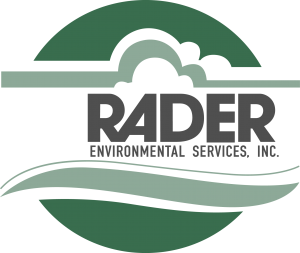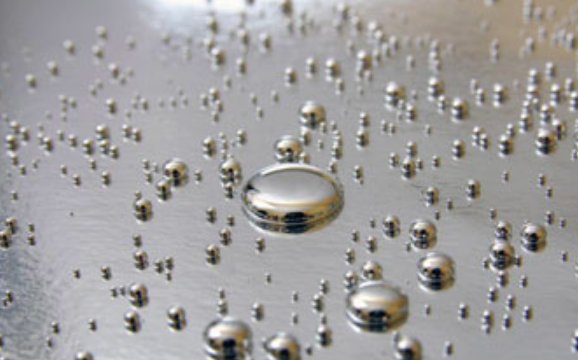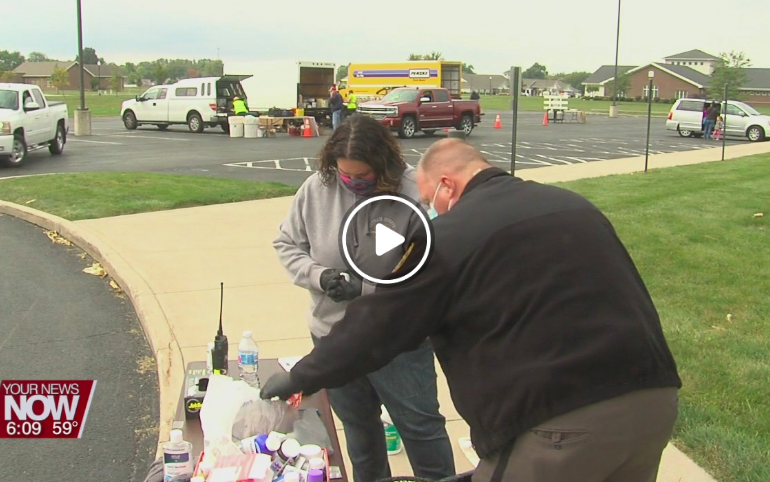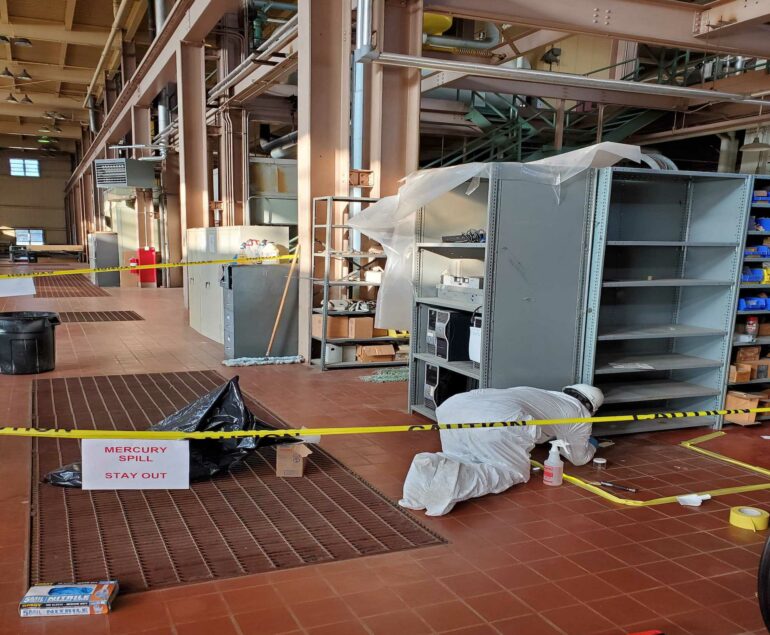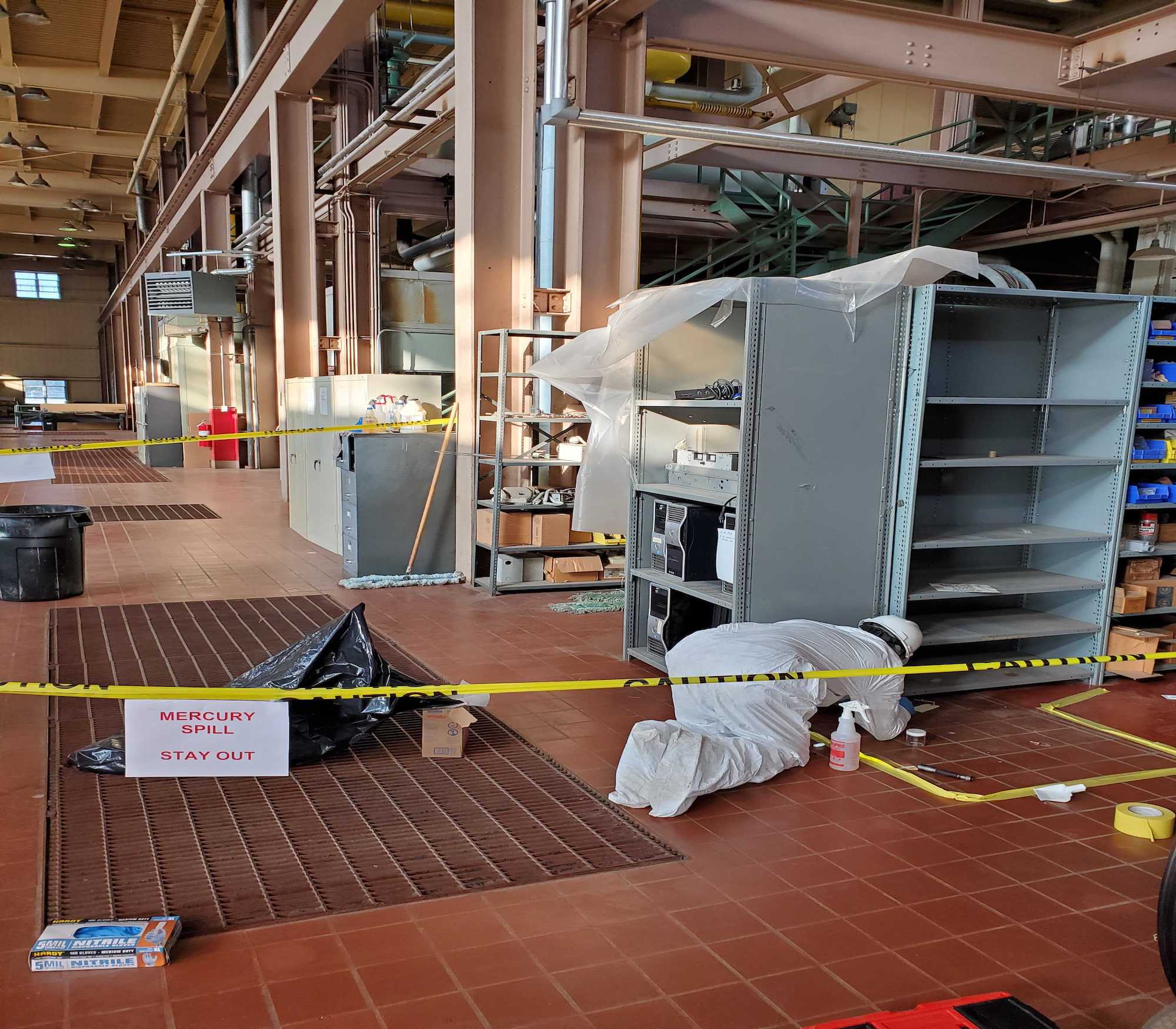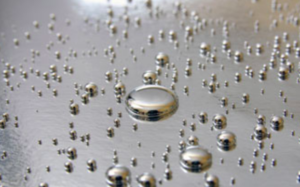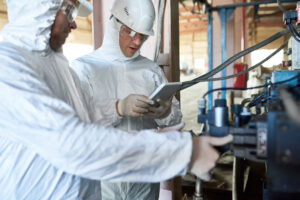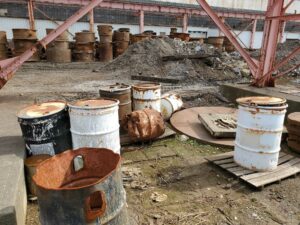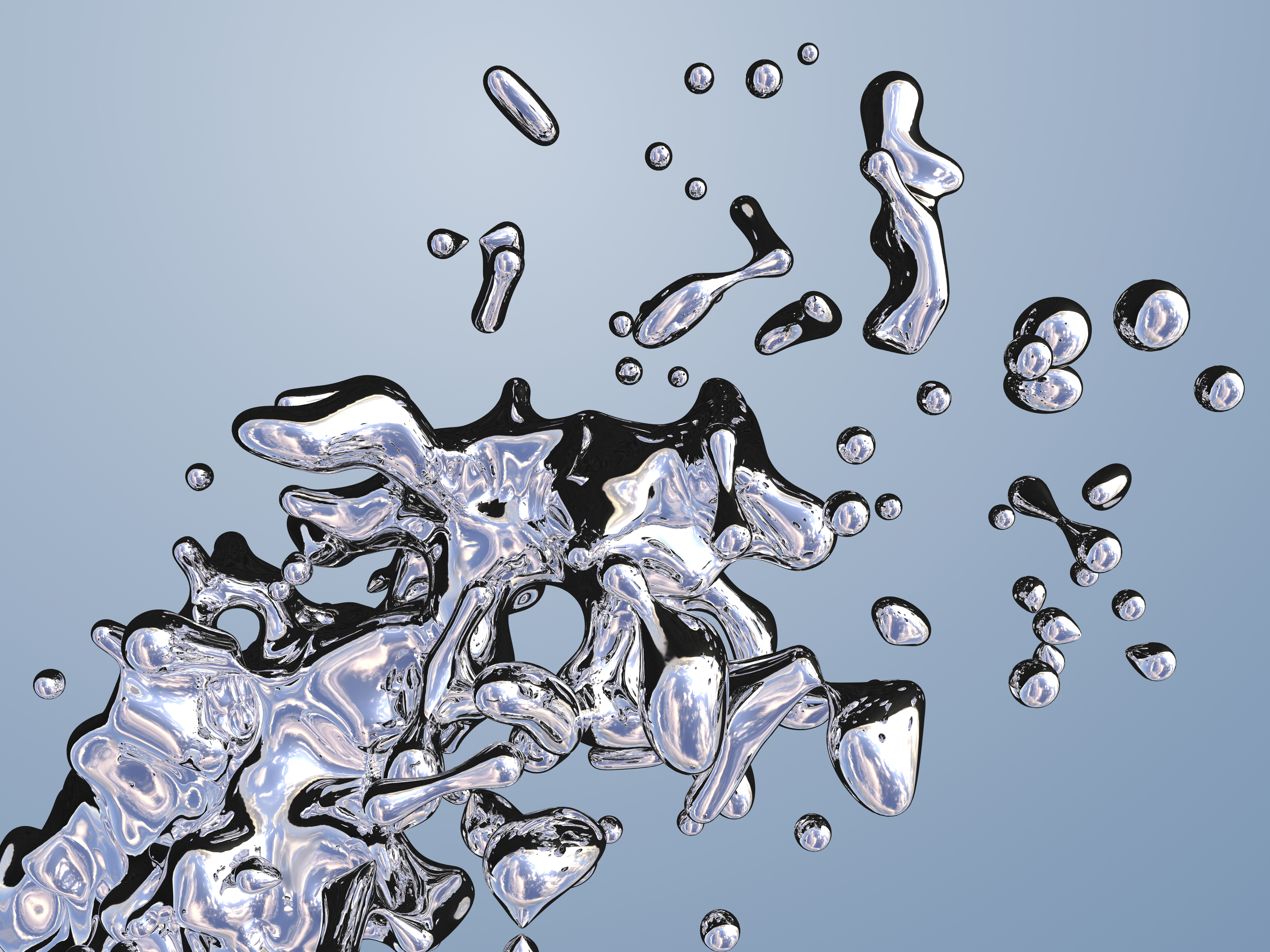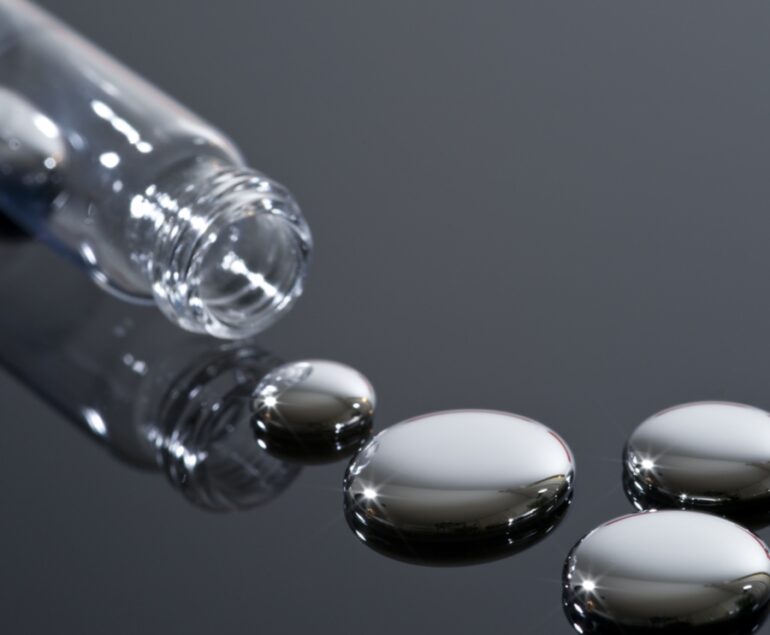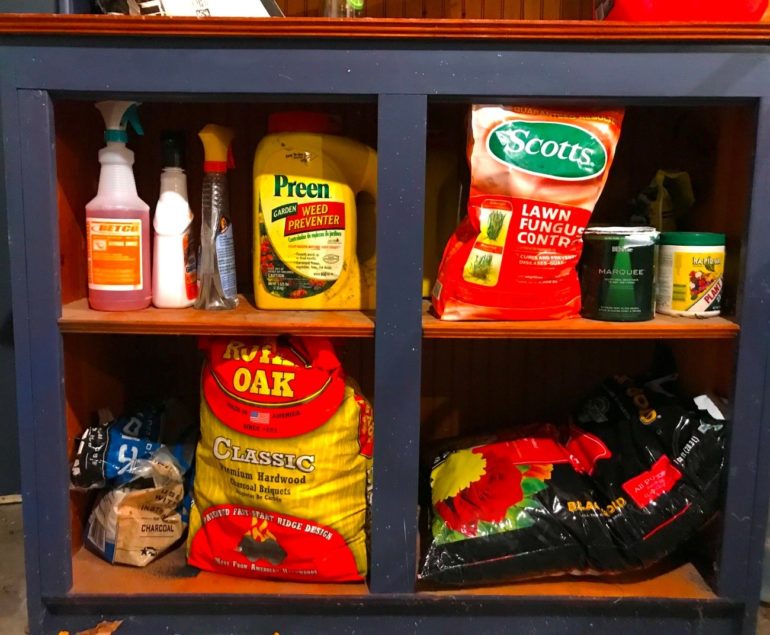Mercury is a heavy, silver-colored element used in a variety of industries. While mercury has many uses, it should always be handled and transported safely if spilled. Disturbed mercury is especially dangerous because of the hazardous vapors it releases into the environment. If you don’t know how to handle and transport mercury properly, there could be toxic – or even fatal – consequences.
Watch This Video: Mercury – The Hazard You Don’t See
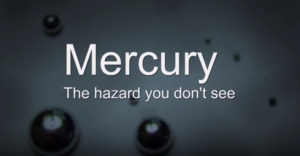
Courtesy of the Michigan Department of Health and Human Services
Undisturbed, contained mercury is like a hornets’ nest tucked underneath a doorway that rarely sees the light of day. But that hornets’ nest has the potential to wreak havoc on its surroundings if disturbed or poked. Once disturbed, a swarm of angry, stinging hornets is headed your way! The same holds true for disturbed mercury: It can wreak havoc on its surroundings by releasing odorless and colorless vapors that are harmful when inhaled.
